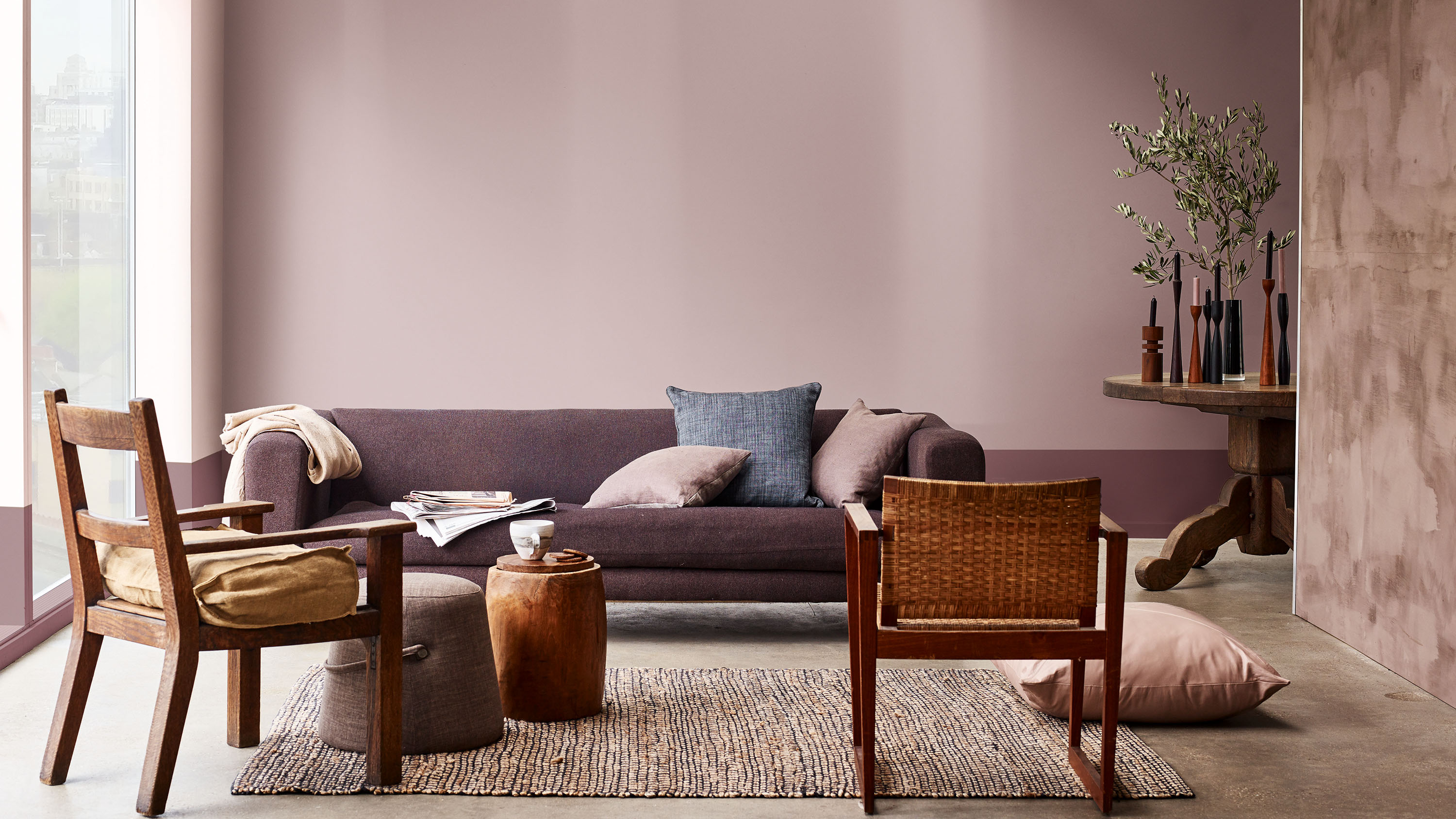

When it comes to designing your home, the choosing the right paint colour for your walls has more power than you might think. It can make a small room feel bigger and a large room feel more intimate. It has the potential to lighten a dark room, and it can avoid glare in a very sunny space. It can warm a chilly north-facing room, or come to life in evening light.
Faced with a paint chart and your own preferences – which are also an essential part of the equation – how do you go about choosing? How can you tell which colour has what qualities? And how does the orientation of the room affect what the paint will actually look like when it’s on the wall?
That’s where a little colour theory can go a long, long way, allowing you to know how colour behaves in the different conditions found in a real home. But don’t worry if memories of learning about colour at school bring you out in a cold sweat. Our guide to choosing the perfect paint colours contains everything you need to know to get decorating projects right first time.
Find more decorating advice on our hub page.
Glossary: Know your colour terms
Most of us use the words that describe colour interchangeably, but it helps to know their precise meanings. Here’s our guide.
- Colour – the appearance of a surface as a result of the way it reflects light.
- Hue – a synonym for colour.
- Shade – a dark version of a colour made by adding black. For example, dark blue.
- Tint – a light version of a colour made by adding white. For example, pink is a tint of red.
- Tone – lighter or darker version of a colour.
- Colour wheel – a circular diagram showing the primary colours (red, blue, yellow); secondary colours created by mixing the primaries (red + blue = purple; red + yellow = orange; yellow + blue = green); and the tertiary colours (red-orange; yellow-orange; yellow-green; blue-green; blue-purple; red-purple).
- Warm colours – reds, oranges and yellows are all seen as warm colours. Think sun, sunsets and fires.
- Cool colours – greens, blues and blue-purples. Think water and sky.
- Neutral colours – strictly speaking, colours that aren’t warm or cool but more likely to be applied to colours that aren’t on the wheel, for example greys and whites as well as browns and blacks.
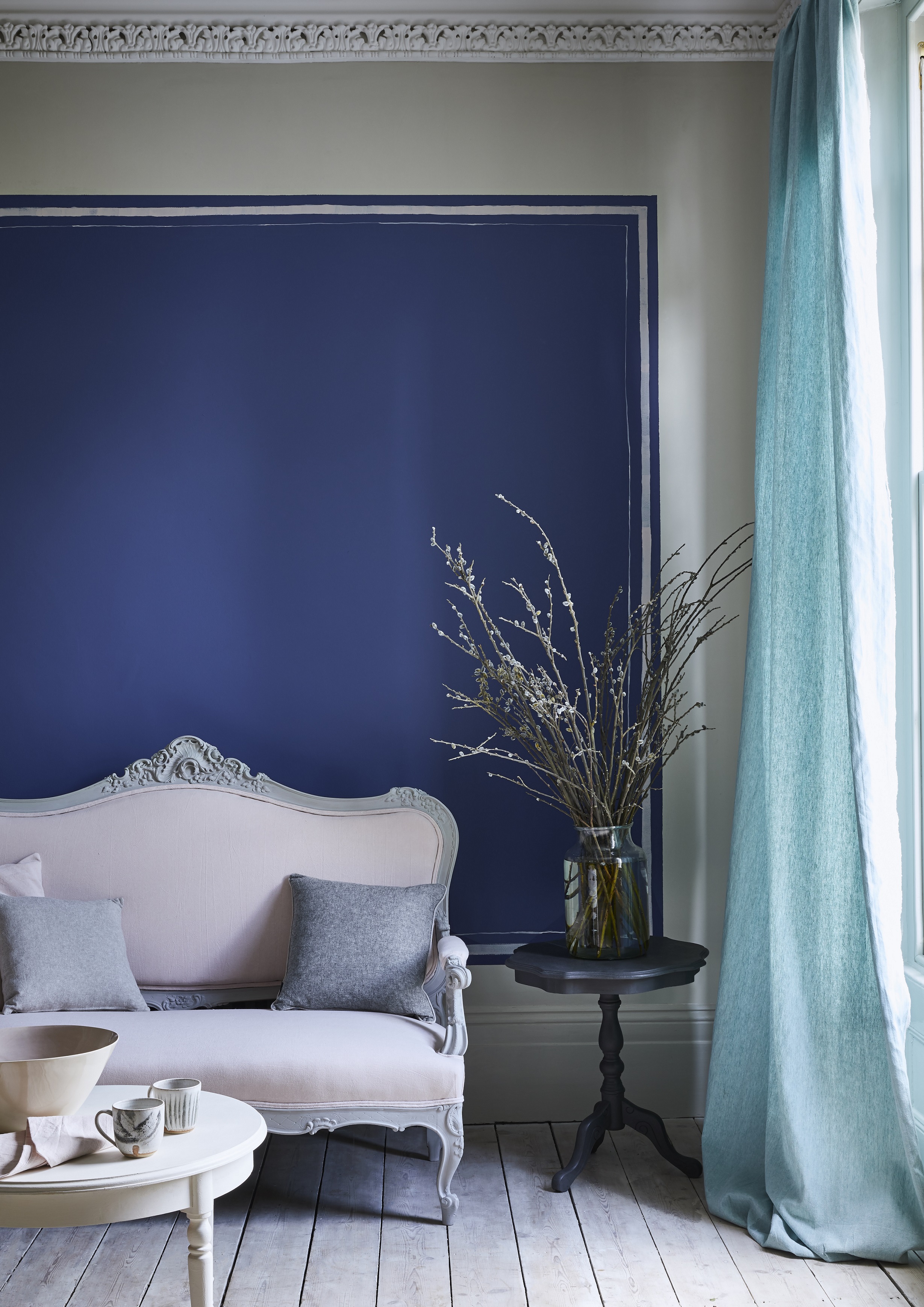
How to choose the right paint colour
So, you’re starting from scratch and could, in theory, choose any colour to paint the walls. What do you need to consider? Ask yourself:
1. Which way does my room face?
This is important because the quality of the light that comes in is different depending on whether the room looks north, south, east or west and this will alter the appearance of the paint colour once it’s on the wall.
North facing rooms receive cooler and harsher light, so...
- Avoid cool colours (see above) as they’ll appear even cooler and look flat.
- Choose yellows or pinks if you want a hit of colour.
- Prefer a neutral scheme? Select paints with pink or yellow undertones, such as Rolling Fog Dark 160 from Little Greene shown in the bathroom below, to keep the atmosphere warm.
- Embrace the situation and go dark in on-trend charcoals or deep red-purples.
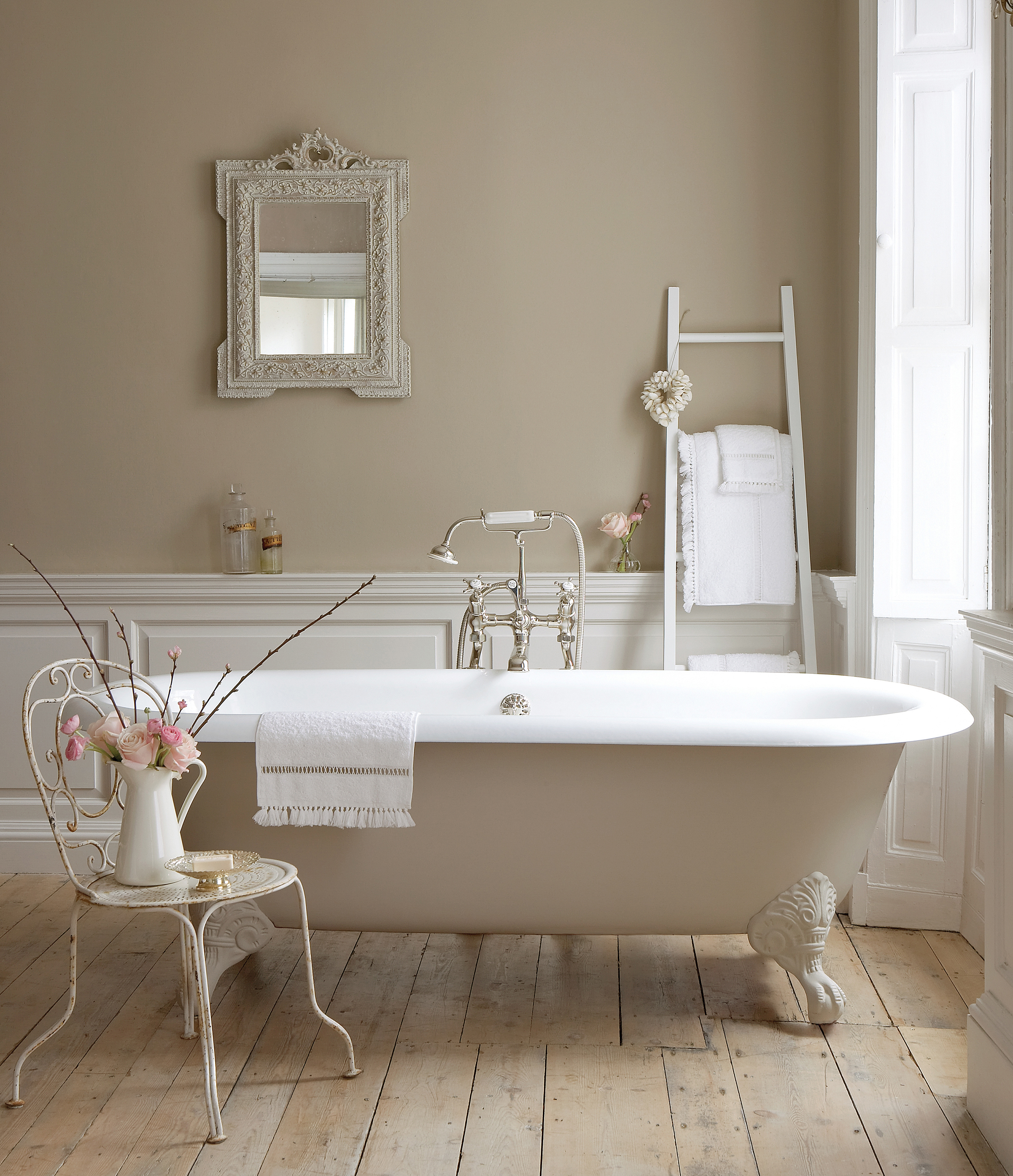
Rolling Fog Dark 160 from Little Greene is a great example of a warm colour that is well-suited to a neutral scheme
- See more advice on designing a north-facing living room
East-facing rooms are bright early on but become cooler as the day progresses, so...
- Colours like blue or green, or pale neutrals with a blue or green base will balance brilliant sunshine, making it less intense.
- Alternatively, if you want to make the most of the mornings, choose a strong colour that will come to life in the sun.
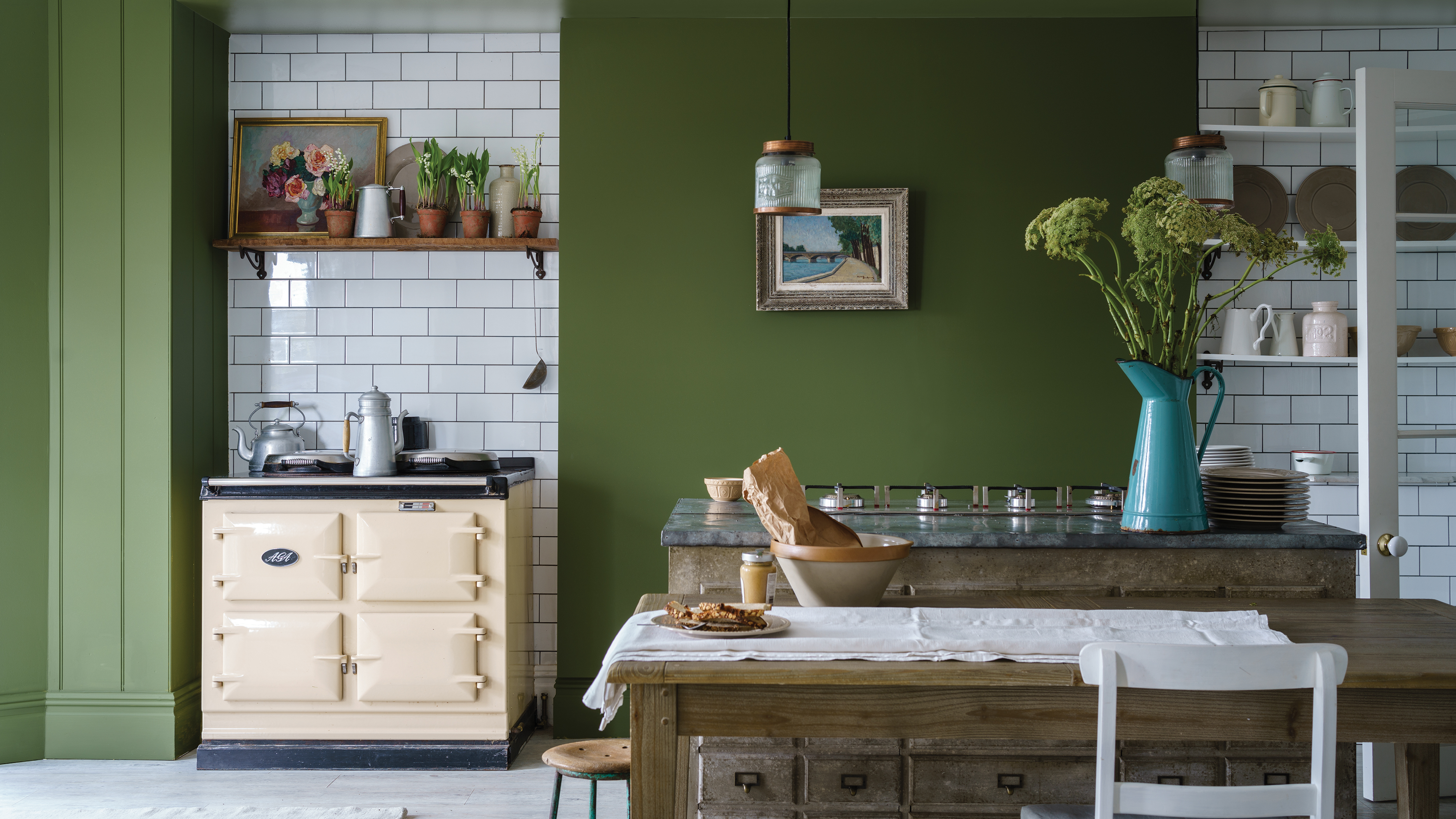
South-facing rooms get warm, colour-flattering light all day long, so...
- Bear in mind that paints can look yellower than on a paint chart here, and consider cool colours to keep the atmosphere breezy.
- Opt for neutrals with a cooler base than you’d otherwise pick, knowing the room’s light will warm them.
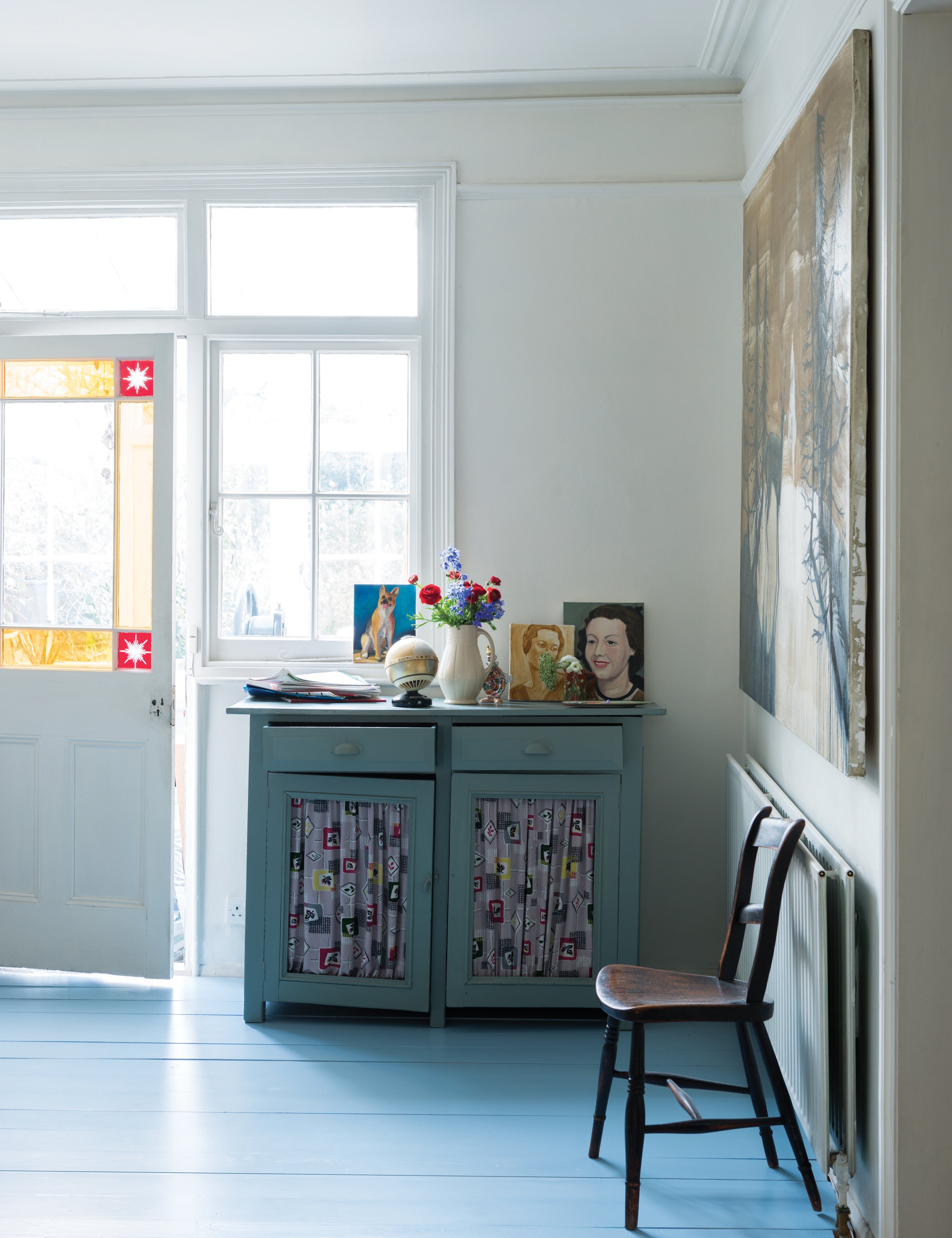
West-facing rooms will feel cooler in the mornings then benefit from warm light later on, so...
- Follow the same rules as in an east-facing space, knowing that here it’s at the end of the day that the sunlight should either be balanced by cool colours, or intensified with a strong colour.
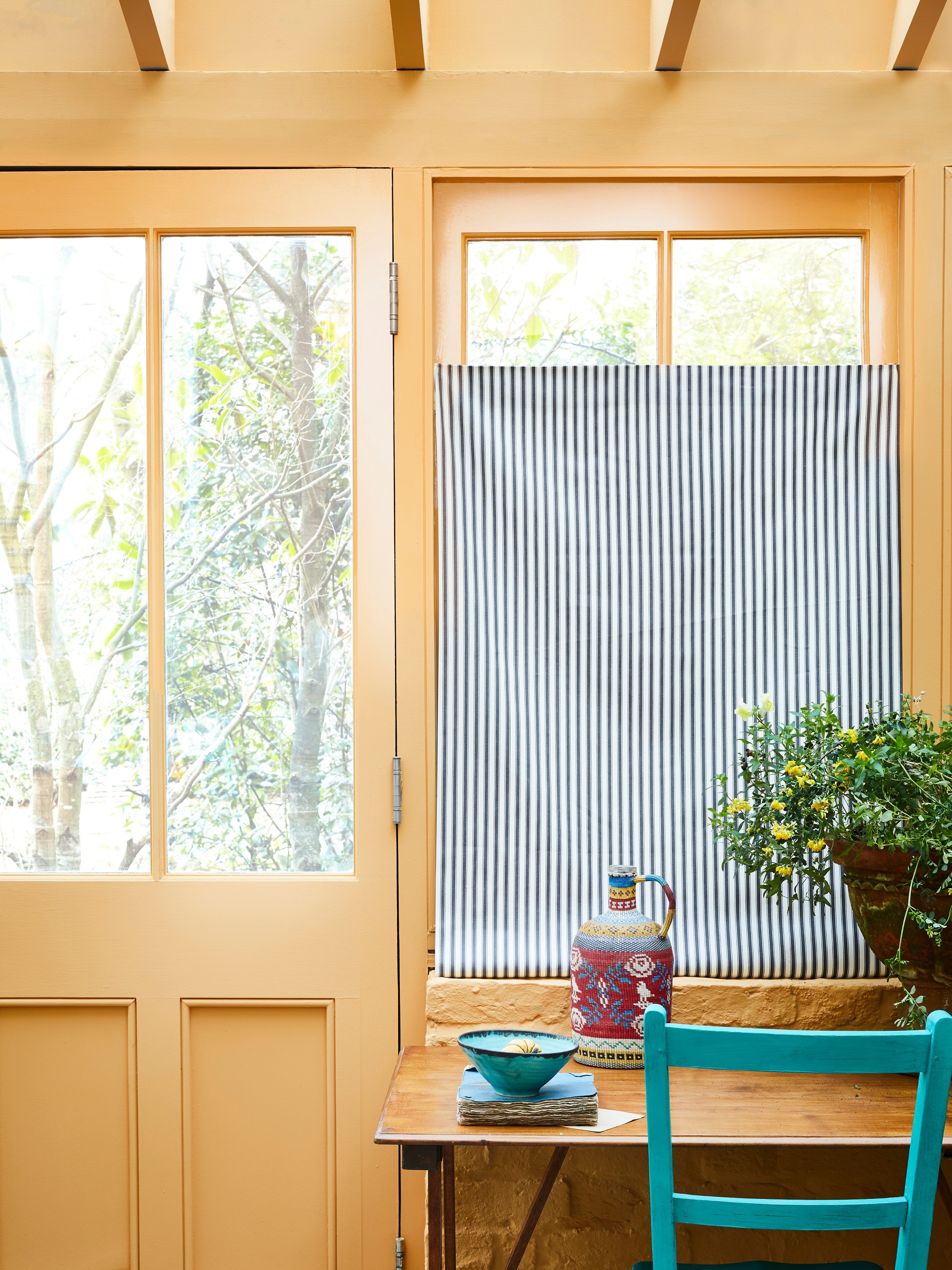
2. Do I want to make the room lighter?
This might seem like an obvious ‘yes’, but rather than brightening the space you could choose to go darker to create a cocooning effect as shown in this bedroom.
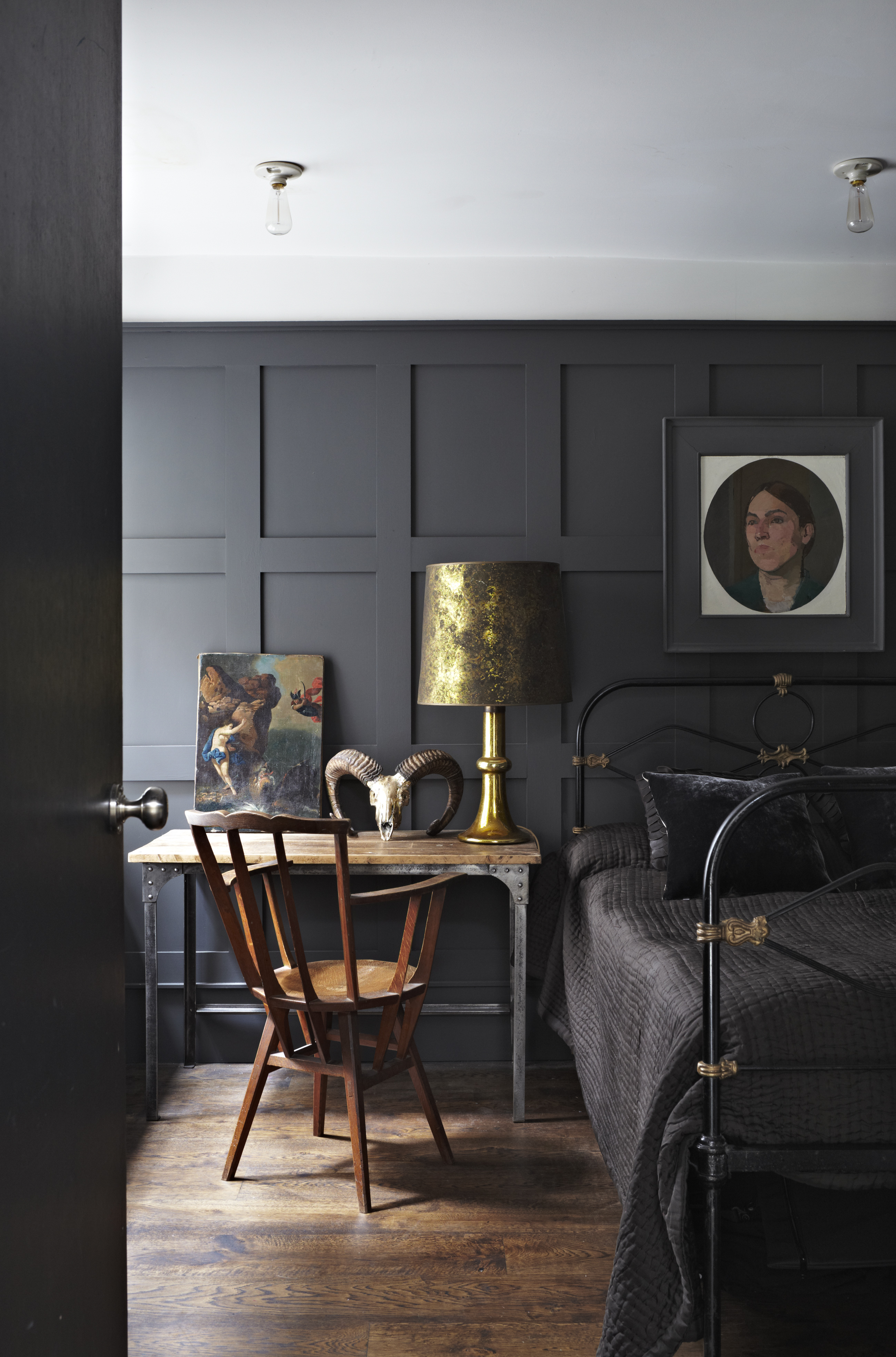
Create a striking scene with Railings by Farrow & Ball.
3. Am I in the room mostly during the day or evening?
In rooms that are going to be generally occupied after dark, it’s how the colour will look in artificial light rather than daylight that’s most important.
Halogen bulbs show off paint colours well, but will make colours look warmer than daylight does.
LEDs used to create cold light, but the latest versions are available in different ‘colour temperatures’. The higher the colour temperature (measured in Kelvins or K), the cooler and bluer the light, and the colder paint colours will look. Generally, warm white LEDs (2,700K or the less yellow 3,000K) will better complement paint colours.
Which paint colour is best for a small or dark room?
If your room is small, paint can have a transformative effect, making it feel larger. Cool colours appear further away, so stick to these rather than warm hues, which advance visually.
For small or dark rooms, whites and pale neutrals will reflect the most light, so the overall impression will be airier also helping the room feel bigger.
Is your room dark because it faces north? Follow the colour guidelines above and use pale hues that have a pink or yellow base to avoid creating a chill.
Stick to the same paint colour on all four walls in a small room. Without contrasts you’ll be less aware of the beginnings and ends of different areas.
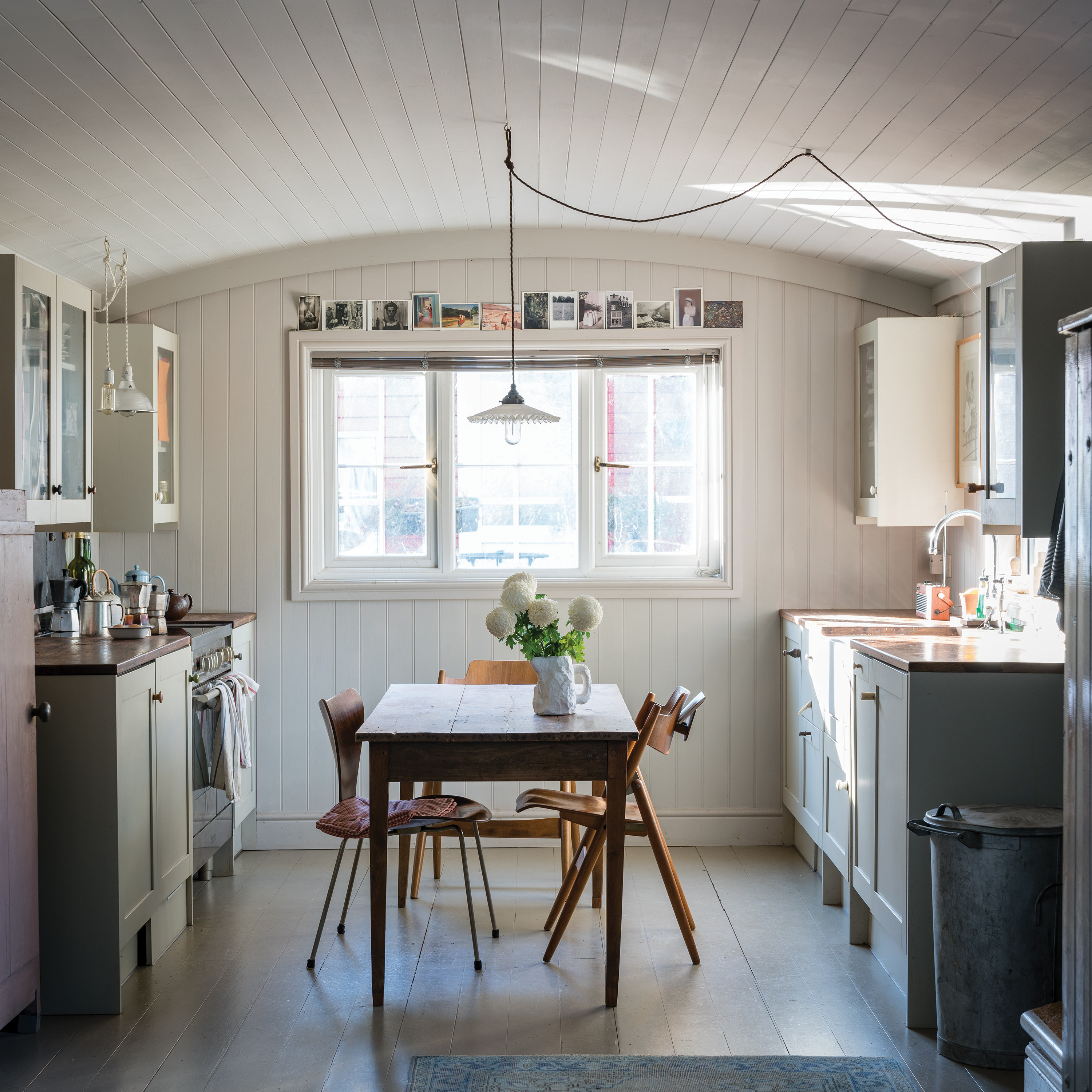
Whites and pale neutrals such as Purbeck Stone No.275 from Farrow & Ball can help make a small room feel more spacious
Which room, which paint colour?
Once you’ve considered colours to visually expand the room’s proportions, or remedy gloom, if necessary; thought about its orientation; and factored in the times of day you’ll mostly be using it, it’s time to pick the paint colour that also complements the functions of the space.
1. Which paint colours work in a living room?
If you want living room walls to be a backdrop to stronger shades in furniture, rugs and accessories, white and variations of off-white and cream are winning options.
Grey neutrals are still bang on-trend, practical in family homes, and are easy to layer with other grey tones elsewhere in the room or accent with a pop of vibrant colour. Check out our grey living room design ideas for more inspiration.
A favourite of recent years and still a go-to in many homes are blues, ranging from the relaxing ocean tones of teal to sophisticated darks.
Almost-blacks are a hit for living rooms where drama’s required. They’re good for giving big spaces a more intimate feel.
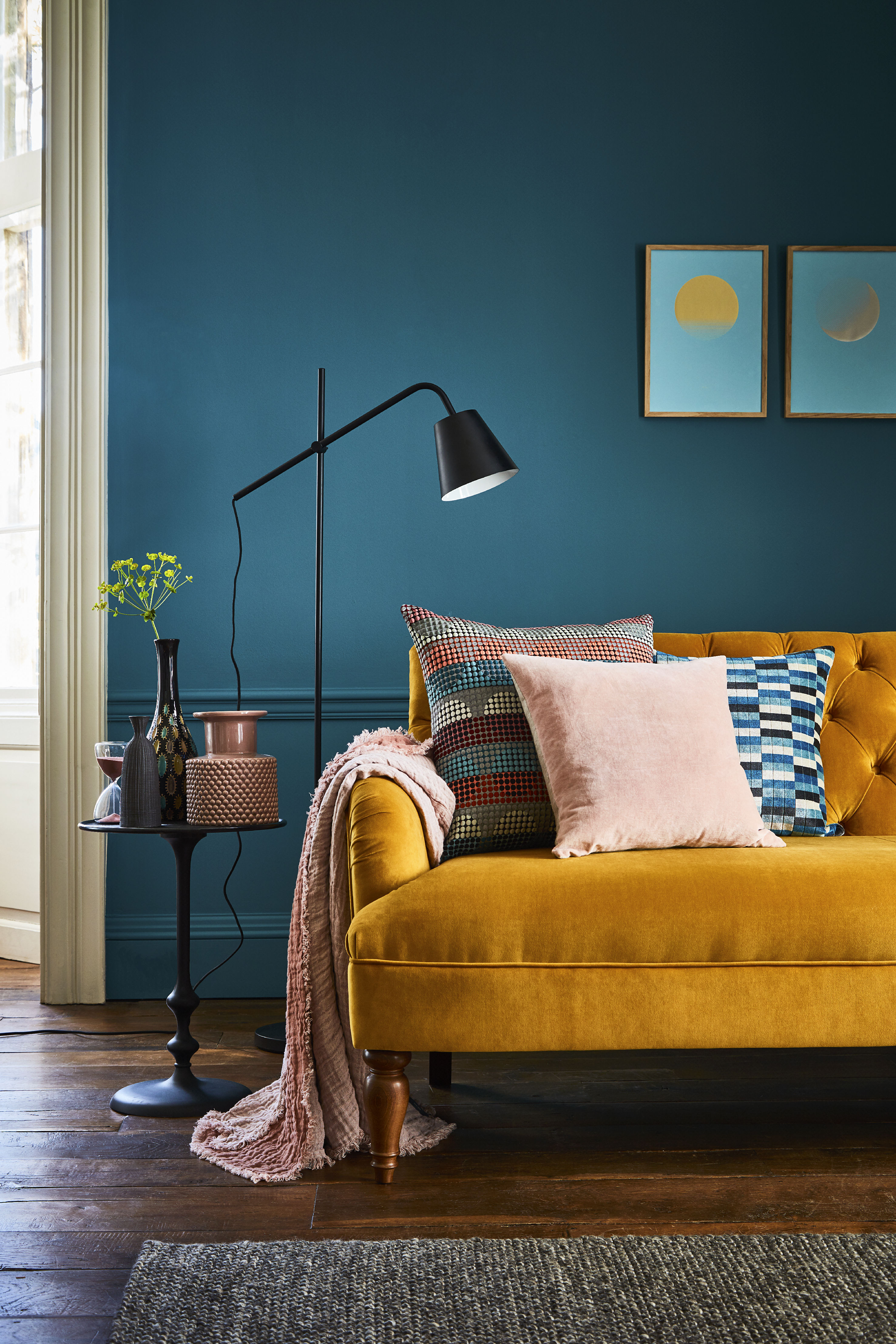
Want more inspiration? See our guide to the best paint colors for the living room.
2. Which paint colour should I choose for a kitchen?
Gone for white units? White-painted walls can be the perfect partner, keeping the overall look crisp and clean. Introduce wood via flooring or a dining table and chairs for a warming contrast.
White or off-white walls can also be a pleasing backdrop to everything from grey to deep blue and even black units, letting the cabinetry stand out.
Swap the emphasis. White or cream units will make their presence felt against a deep blue wall like this Napoleonic Blue from Annie Sloan.

The kitchen’s a sociable space so a warm paint colour is a natural choice – think yellow or orange. If all-over feels too much, stick to a feature wall and team with a neutral paint elsewhere.
Freshen up with mid-toned blues or greens – they’re great for country-style schemes.
For more inspiration, see our kitchen paint ideas.
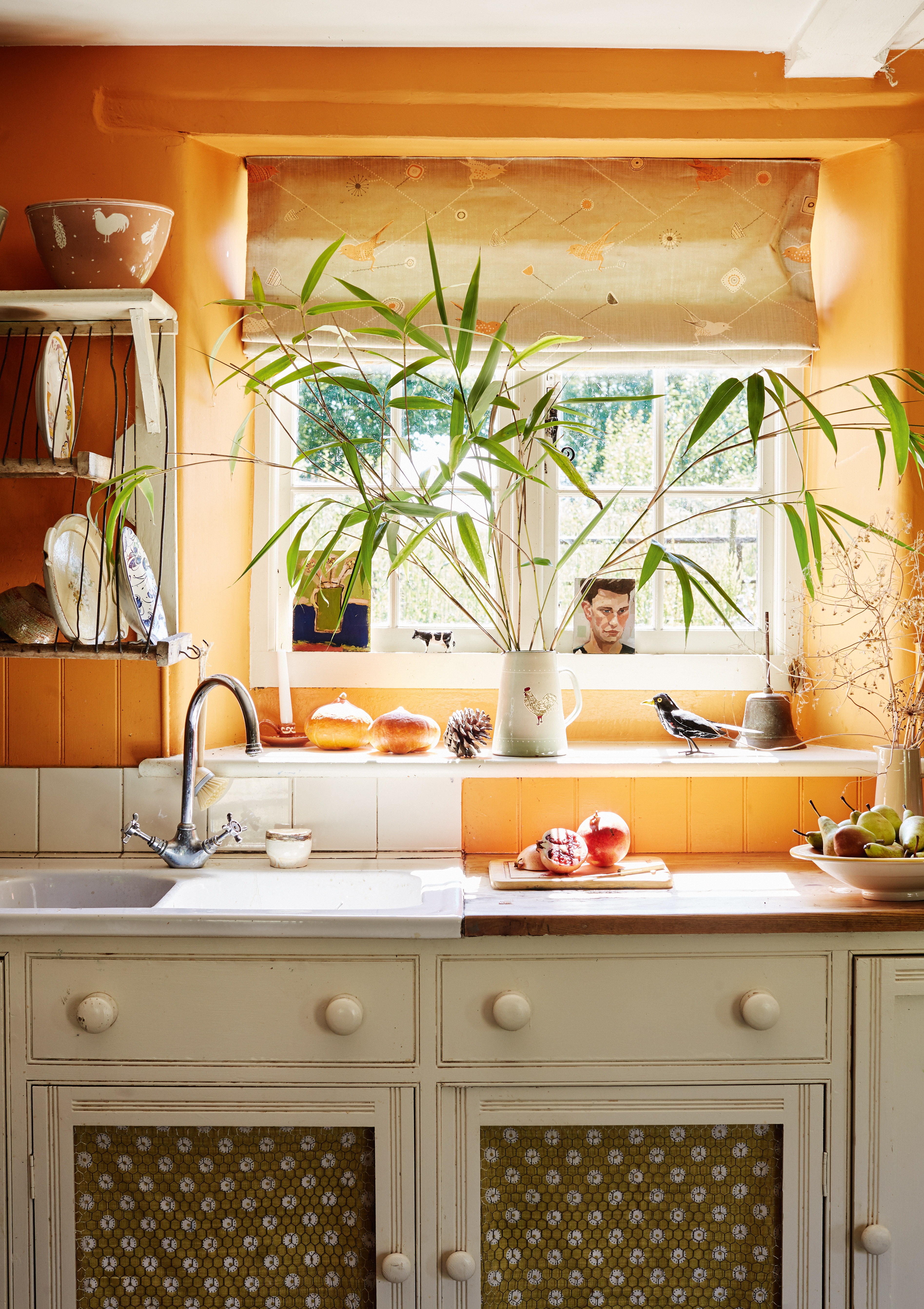
3. Which paint colours are best for a bedroom?
Make the bedroom snug with moody shades like indigo blue and the deepest of greys. Balance dark walls with pale flooring.
Follow the botanicals trend with foliage green walls – and accessorise with house plants, of course.
Keep the look calm with the palest of neutrals, especially if the goal is to make a small bedroom feel more spacious – this is one of the best bedroom paint colors.
Shades of grey like this Excalibur Gray from Benjamin Moore are still a big trend and look contemporary and sophisticated.
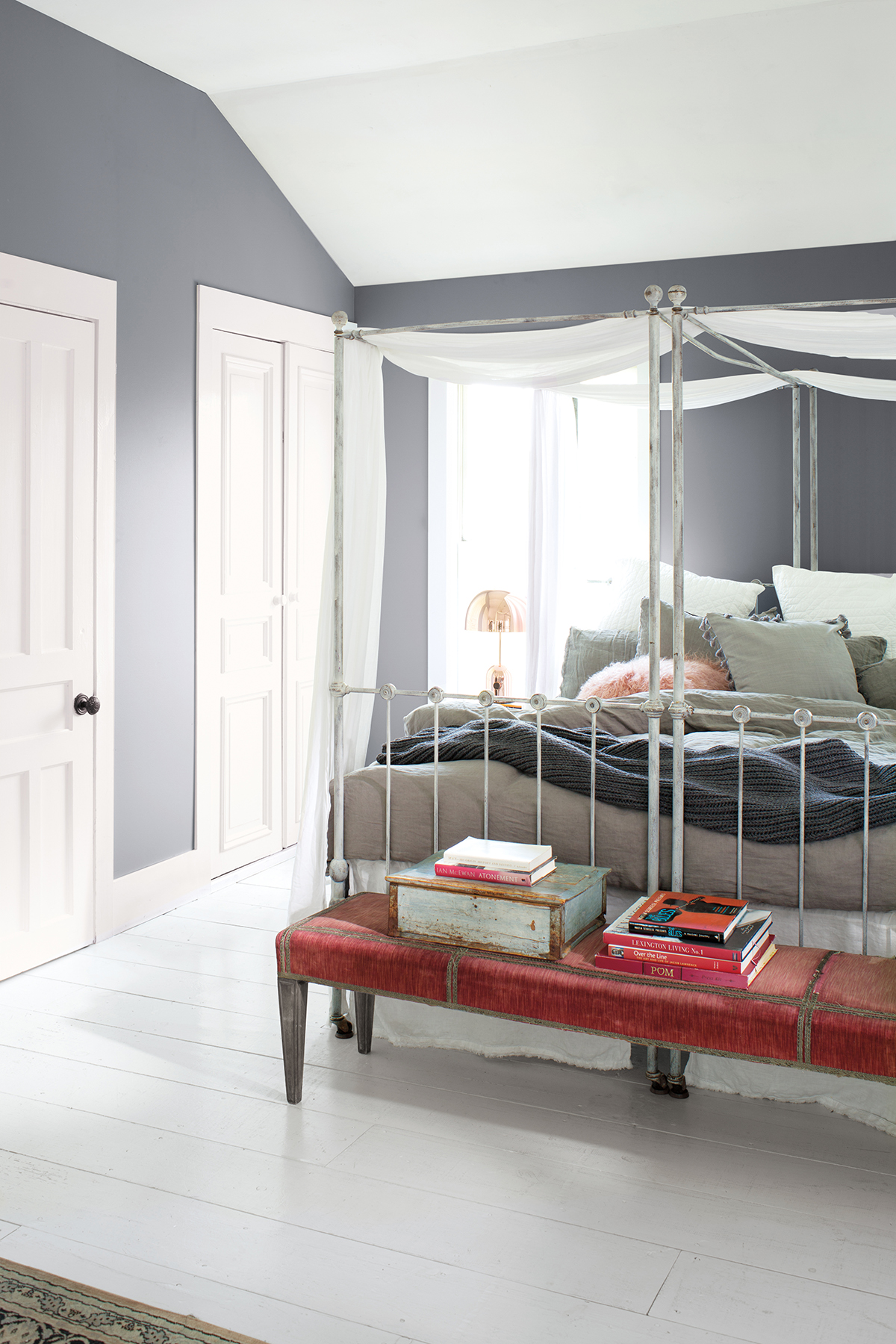
Looking for paint ideas for a child’s bedroom? Hues like yellow, denim blue, or even painting stripes or murals will work a treat. They’re all easy to update with a different paint colour when their tastes change.
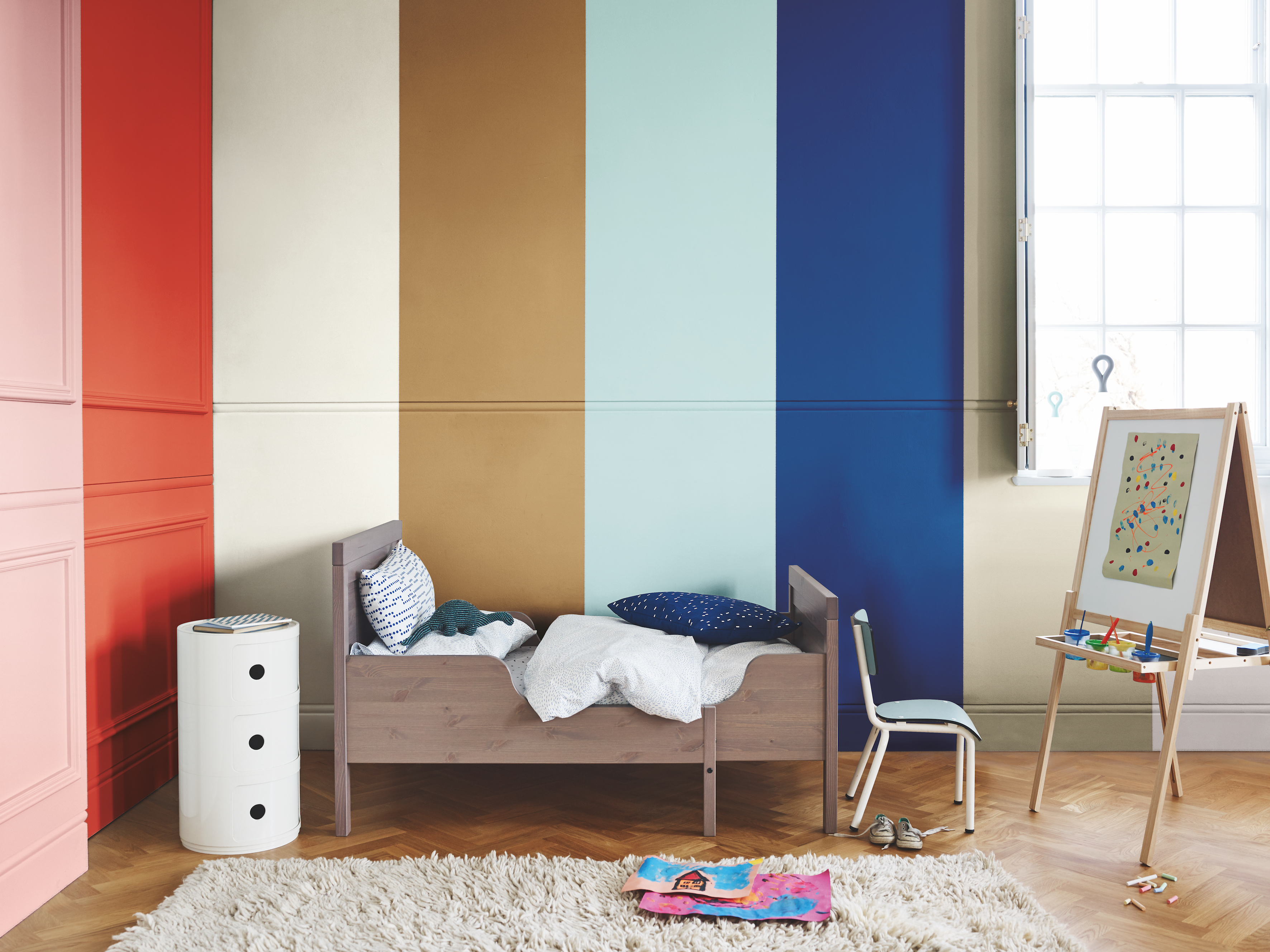
4. What are the best paint colours for a bathroom?
Keep the look clean and spacious in a bathroom with white walls. This can be a fuss-free counterpoint to coloured tiles, but works with white tiles, too, as the different surfaces help create decorative interest.
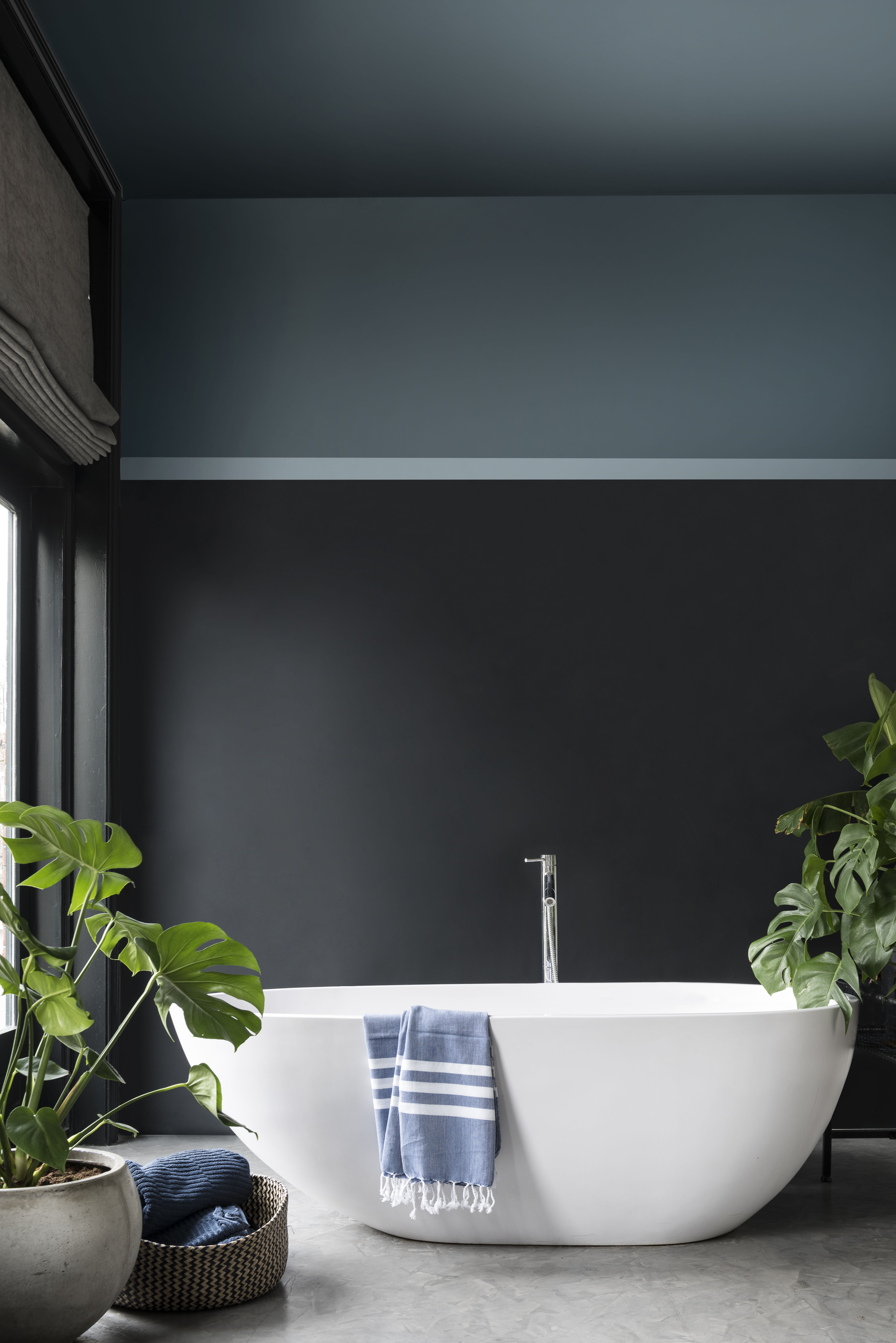
Bathroom paints by Dulux
Pick up on the watery theme with an ocean-inspired blue or green.
Complement a traditional-style bathroom with a soft neutral – cream or pale grey look as elegant as the suite.
Be bold in a family bathroom with acid green, sunshine yellow or fizzy orange.
You can find more ideas in our bathroom paint ideas gallery.
How do I select the right white paint?
There’s an enormous choice of white paint out there, which can create very different effects. Consider space-expanding off-whites like this Silica White from Fired Earth as well as crisp white.
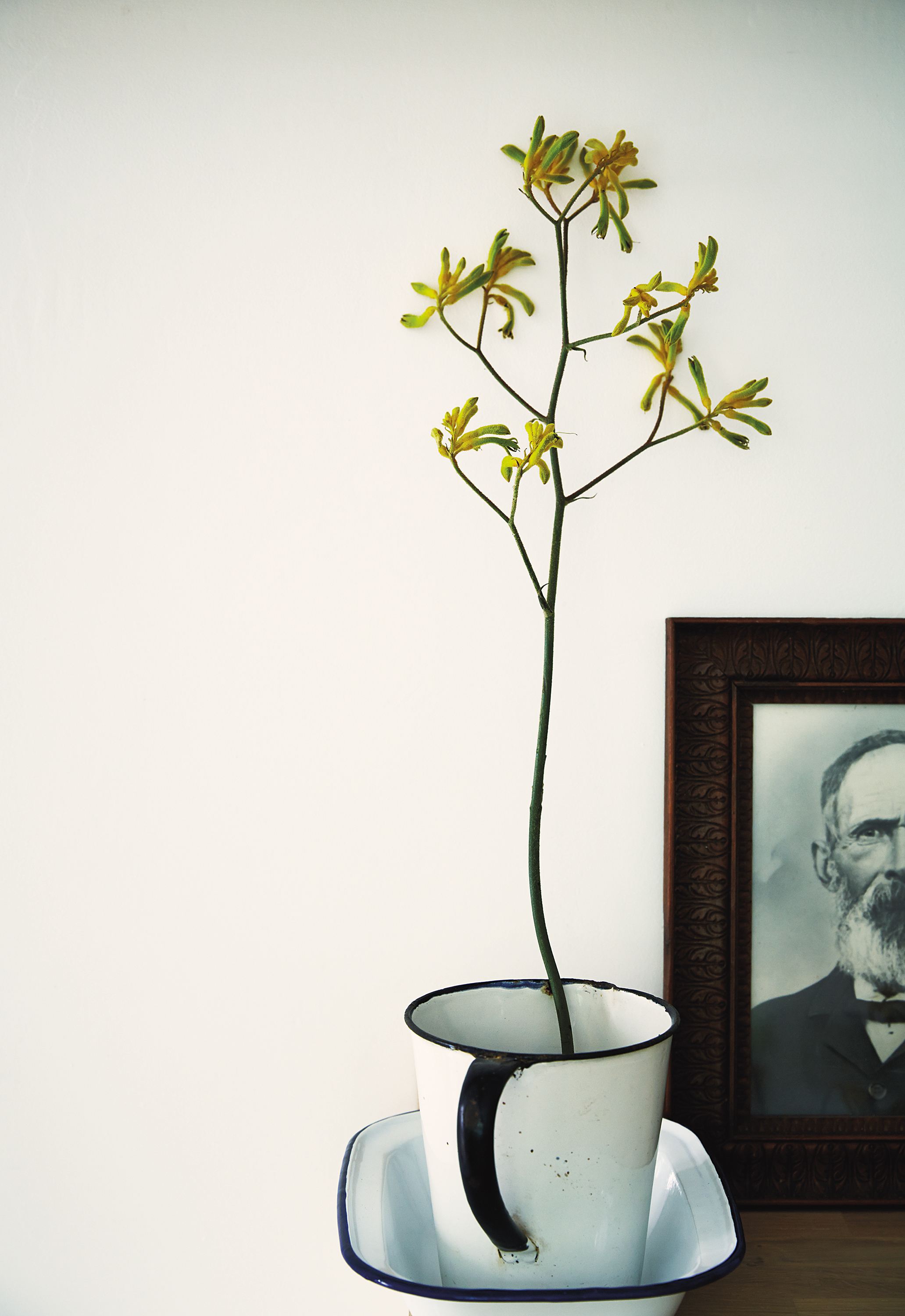
Silica White from Fired Earth
The latter can be the perfect choice for a contemporary finish in rooms that don’t look northwards. They’ll also suit the warm light of south-facing rooms whatever the decor style.
For maximum reflection of natural light coming into a room consider pure or true whites. Look out for names including the words ‘pure’, ‘clean’ and so on and check the paint company’s description to be sure.
Some whites are cool with a blue, green, grey or violet base, so you’ll want to avoid chilling a north-facing room with one of these. Instead, pick a version with a pink or yellow undertone.
What do I need to know about neutral paint colours?
Walls painted in a neutral make a versatile backdrop to a room scheme. We’re talking whites (see above), greys, browns and blacks in their different tones, so while the word neutral might conjure up an image of a very pale wall, the colour can make as much of a statement as a non-neutral.
Neutrals can be complemented by other neutrals from the same family (so other greys etc) in furniture, soft furnishings and accessories for a look that’s tranquil. Equally they can be the stage on which colour from other parts of the room is shown off to best advantage.
Just like whites, neutrals have different bases, so bear the room’s orientation in mind to get the overall effect right.

Heart Wood by Dulux
For example, this living space features Heart Wood from Dulux, which has a warm heather-coloured base making it suitable for rooms with cool light. To be sure, check the colour description online or in store, and use a tester.
What about paint colours for the exterior of my house?
Transforming your home's exterior? Outside, paint colours are visible in the maximum daylight available, so use interior paint colours you like as a guide but, to reproduce their appearance, go a shade or so darker. Here, the mid tone of Normandy Grey 79 from Little Greene has the appearance of classic grey stone in exterior light.
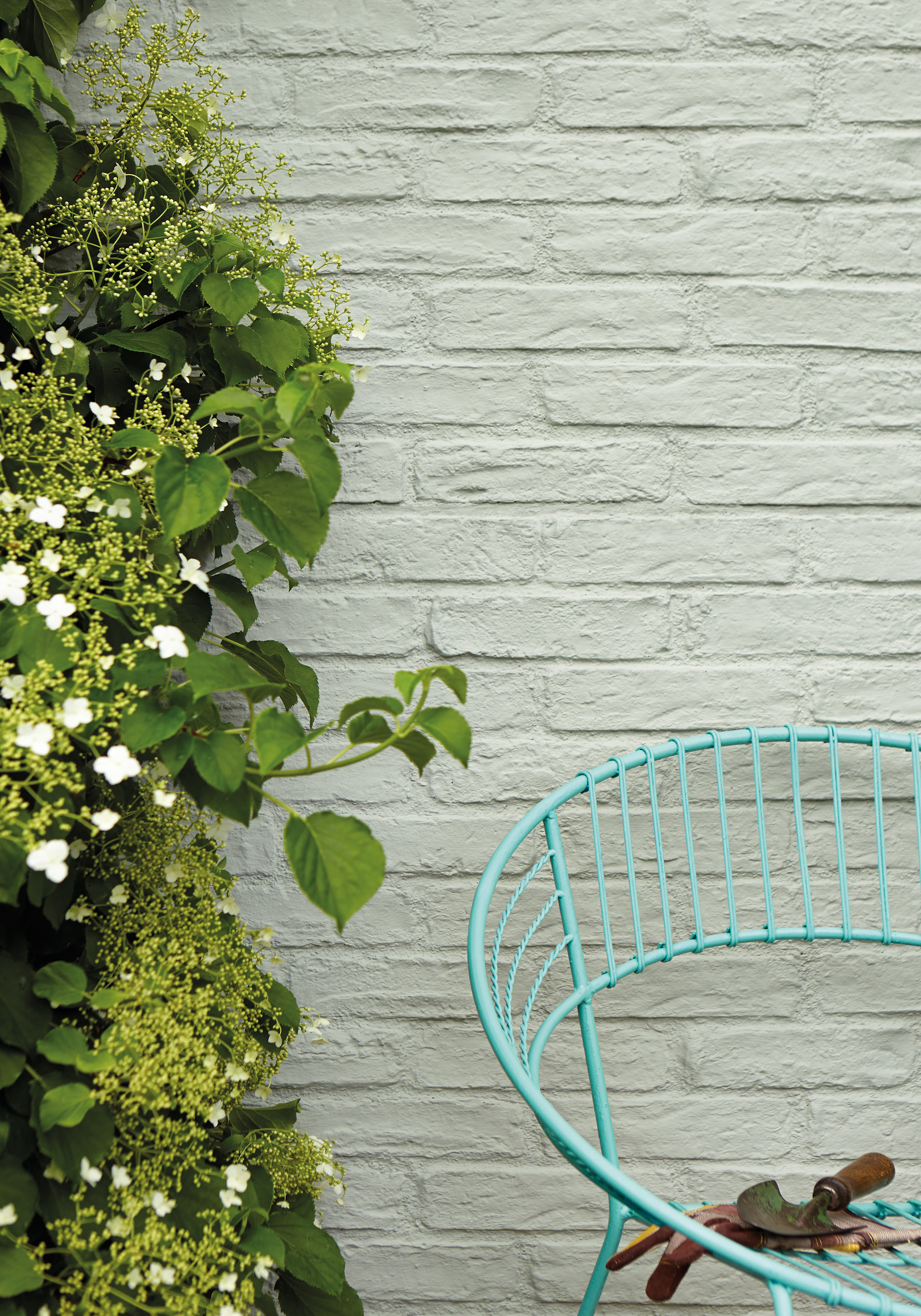
Picking out an authentic paint colour for a period home? You might want to choose a historically appropriate colour for the exterior. Many paint companies offer paints that reproduce period shades, making it easy to choose. Matching or complementing the neighbouring houses if they’ve adopted the same practice is a good idea.
Remember that if you live in a listed building or in a Conservation Area, you may need consent to change your home’s external appearance. There may also be controls on the colours that can be used. Find out more at your local planning department.
Find out how to paint your home's exterior for a professional finish.
More on choosing paint colours:
Join our newsletter
Get small space home decor ideas, celeb inspiration, DIY tips and more, straight to your inbox!

Sarah is a freelance journalist and editor writing for websites, national newspapers, and magazines. She’s spent most of her journalistic career specialising in homes – long enough to see fridges become smart, decorating fashions embrace both minimalism and maximalism, and interiors that blur the indoor/outdoor link become a must-have. She loves testing the latest home appliances, revealing the trends in furnishings and fittings for every room, and investigating the benefits, costs and practicalities of home improvement. It's no big surprise that she likes to put what she writes about into practice, and is a serial house revamper. For Realhomes.com, Sarah reviews coffee machines and vacuum cleaners, taking them through their paces at home to give us an honest, real life review and comparison of every model.
-
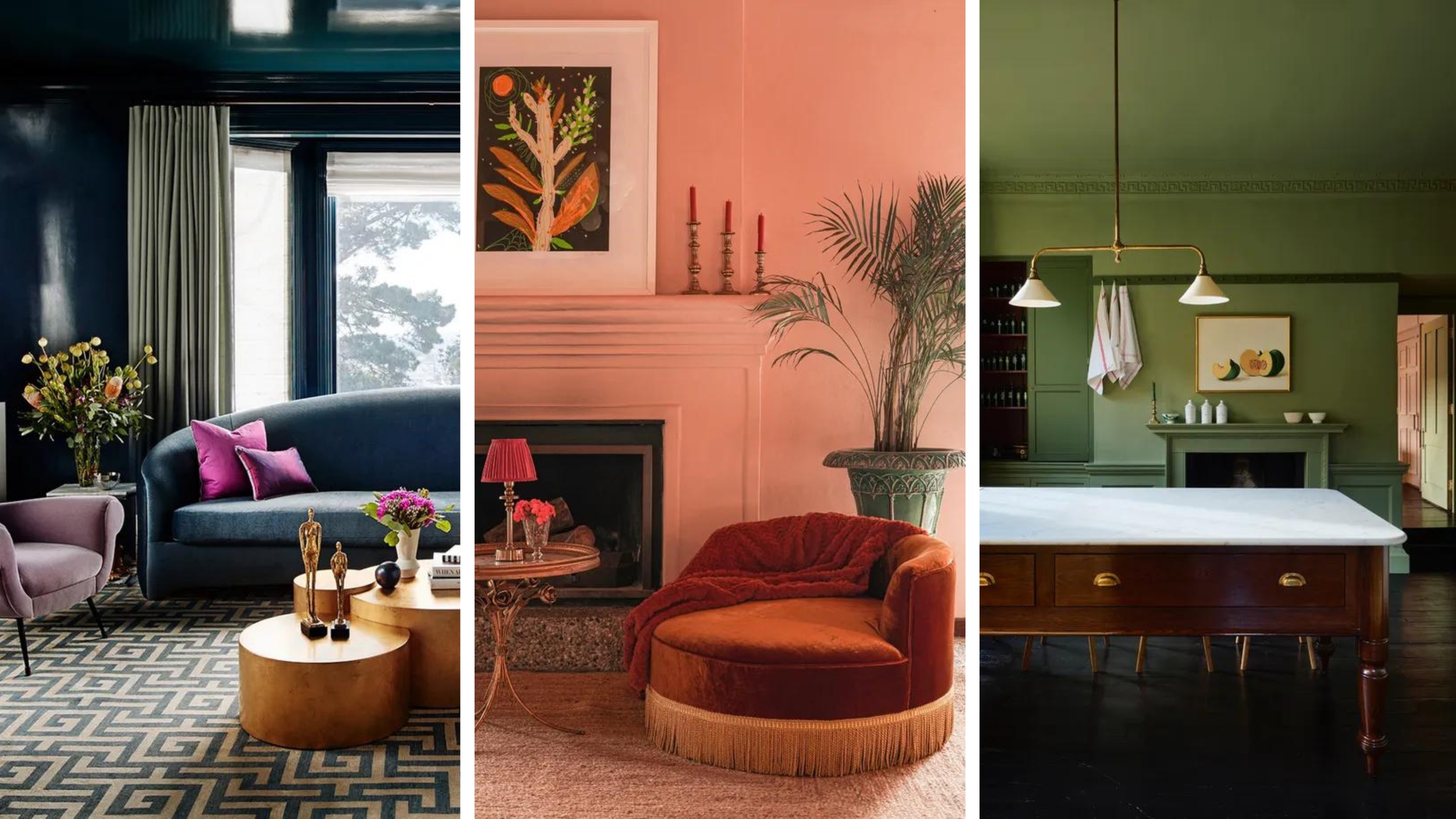 What is color drenching? Interior designers love this bold trend
What is color drenching? Interior designers love this bold trendIf you're curious about color drenching, our interior designers explain what it is, how to do it, and what to shop to bring it into your home
By Sophie Warren-Smith Published
-
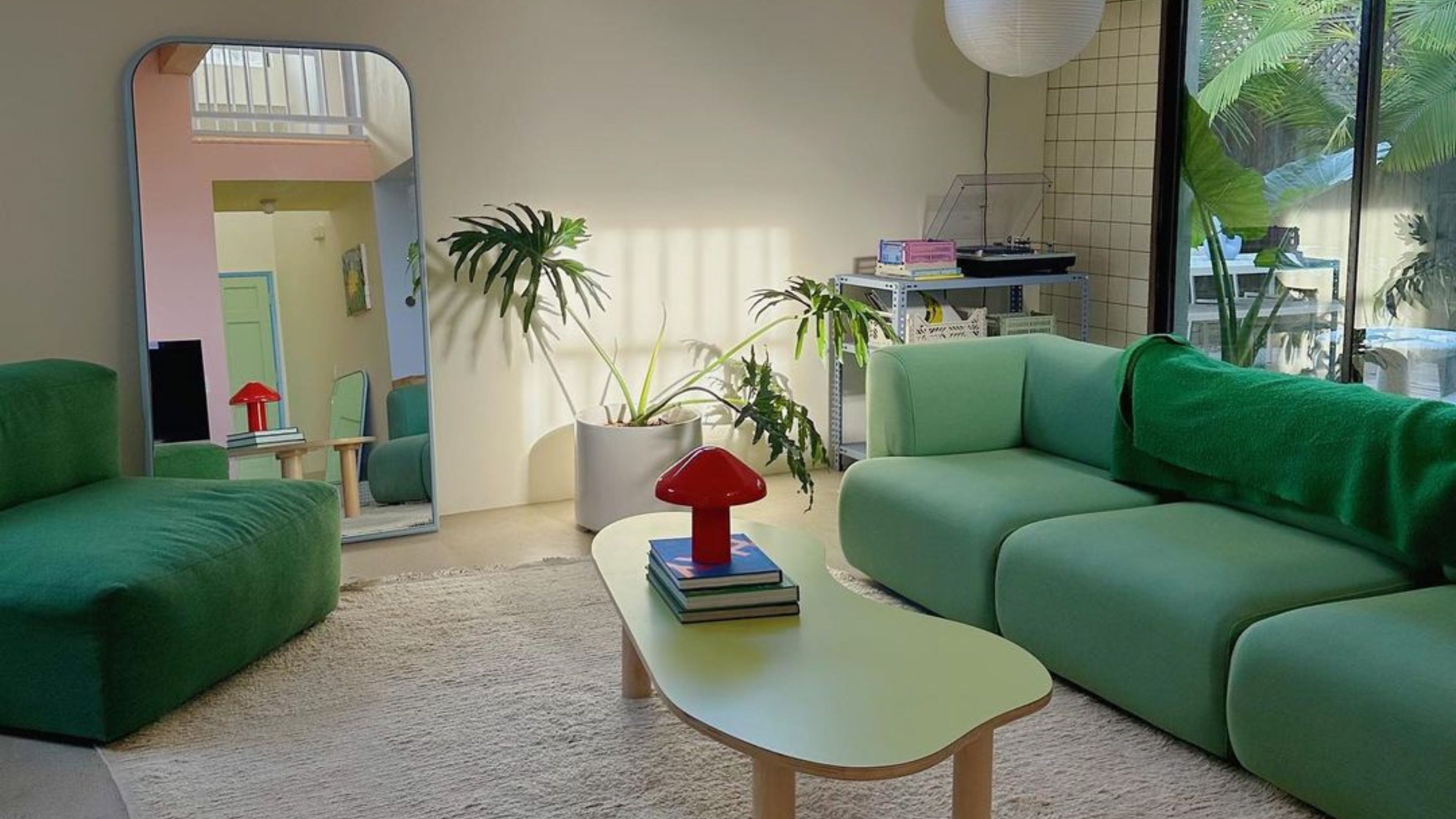 5 Gen Z and millennial influencers to follow for all things homes and interiors
5 Gen Z and millennial influencers to follow for all things homes and interiorsNeed some on-trend home and interior inspo? These are the five millennial and Gen Z influencer accounts I can't stop scrolling for small homes and rentals
By Louise Oliphant Published
-
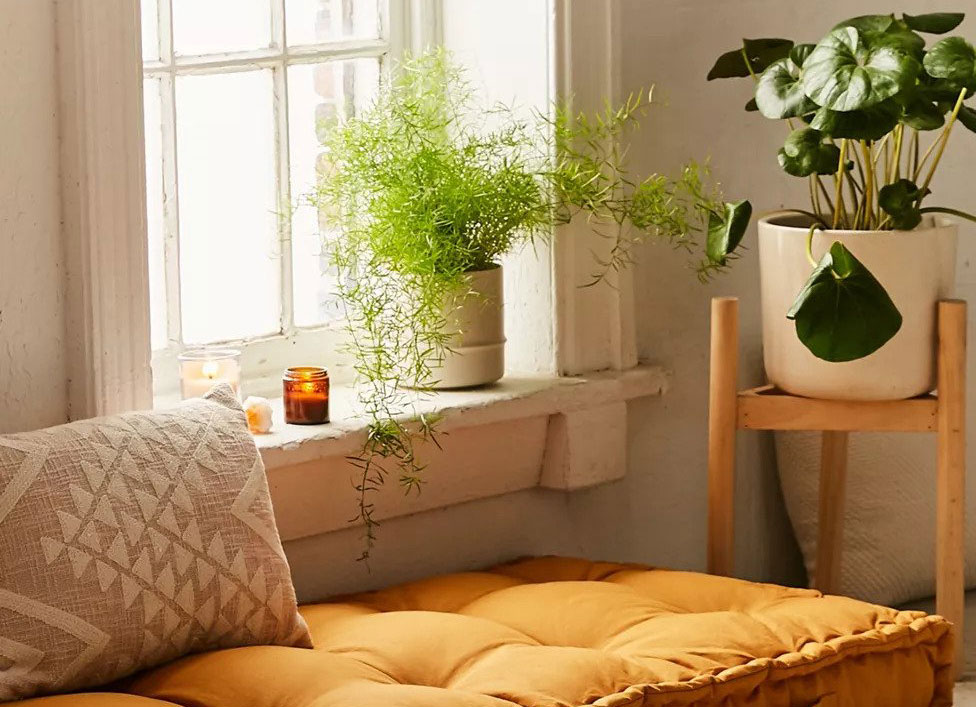 5 colors you should skip using in a small apartment, according to a designer
5 colors you should skip using in a small apartment, according to a designerAn interior designer tells us which five colors to avoid painting a tiny apartment and how to incorporate those out-of-bounds hues instead and avoid small apartment color mistakes
By Kara Thompson Published
-
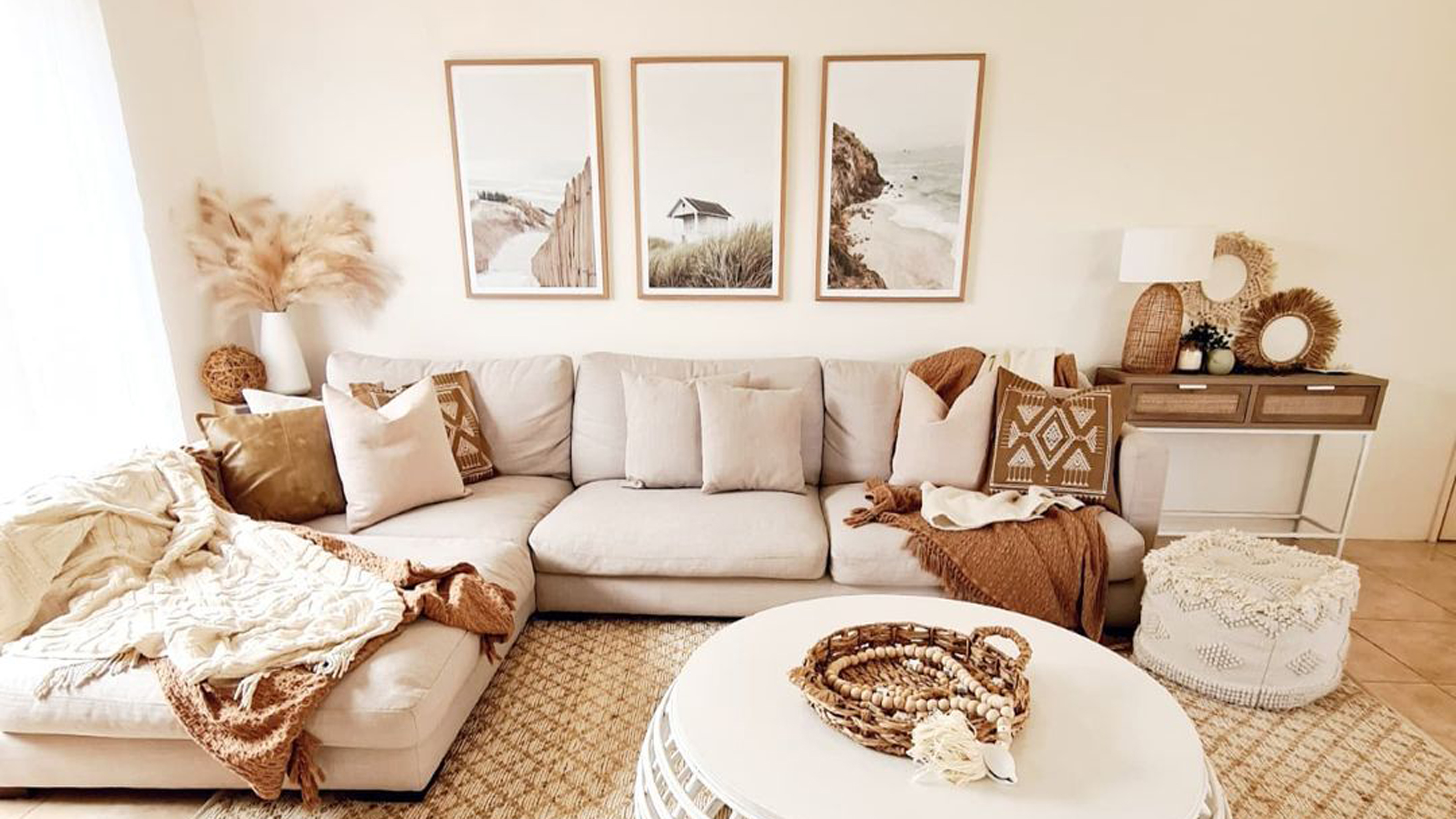 8 calming paint colors to create a blissful home sanctuary
8 calming paint colors to create a blissful home sanctuaryRelax, revive and renew with a soothing palette of mindful paint shades.
By Sophie Warren-Smith Published
-
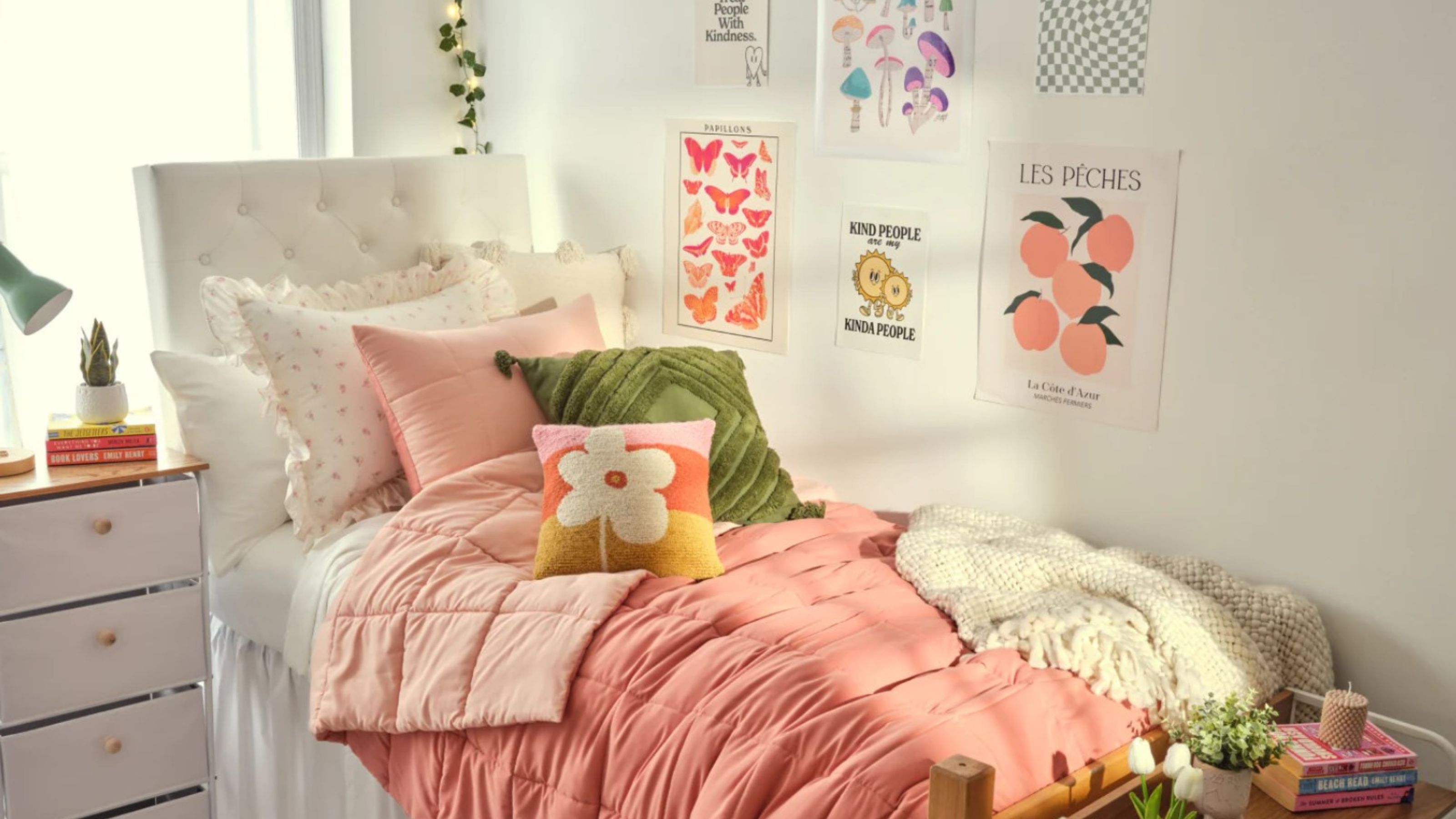 10 dorm room ideas to make your place the cutest on campus
10 dorm room ideas to make your place the cutest on campusHeading to college soon? These dorm room ideas range from sweet styles to savvy solutions...
By Eve Smallman Last updated
-
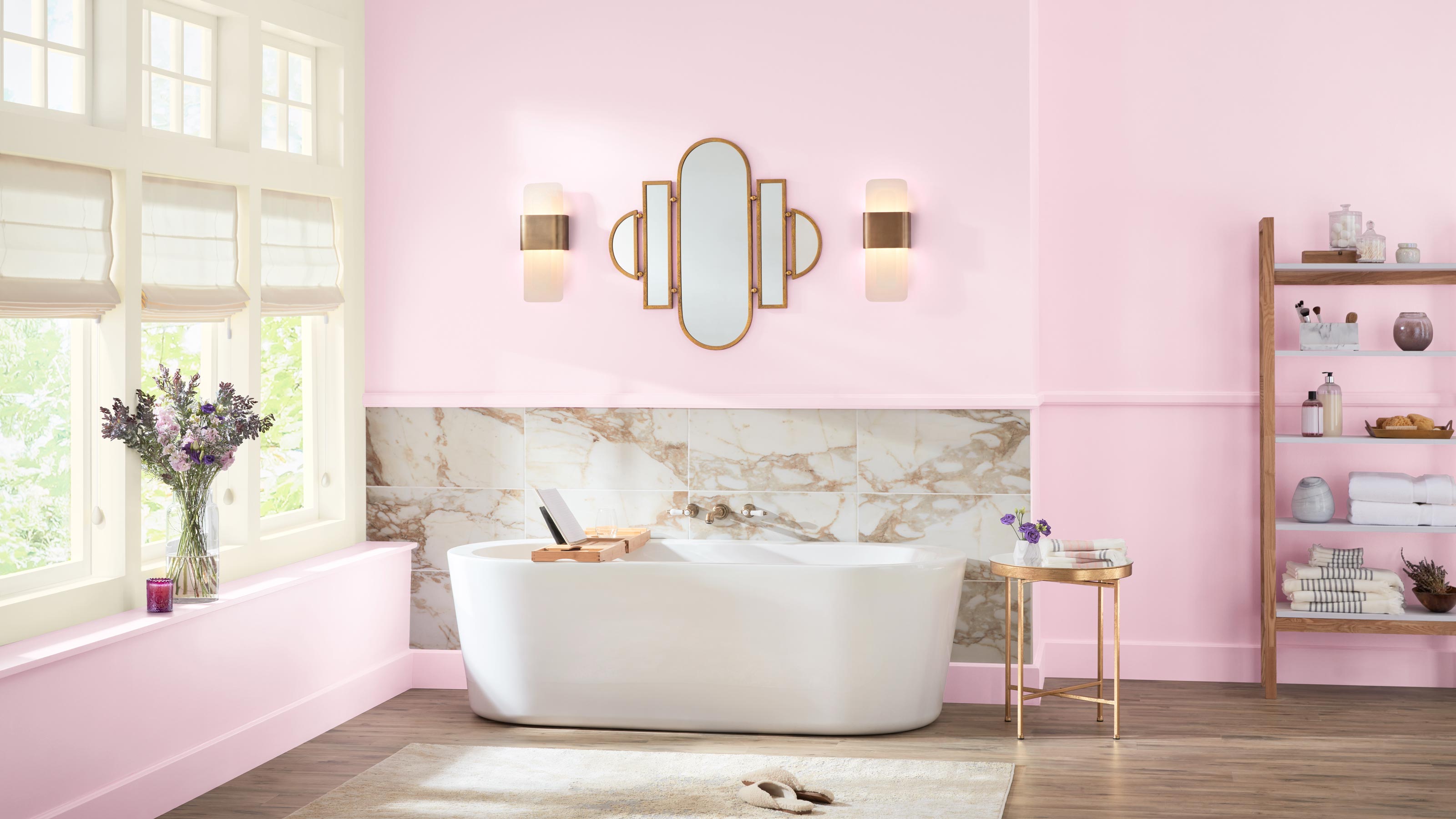 Valspar's colors of the year have been curated to match your star sign for 2022
Valspar's colors of the year have been curated to match your star sign for 2022Are you curious to know the best new color for your horoscope?
By Rebecca Knight Published
-
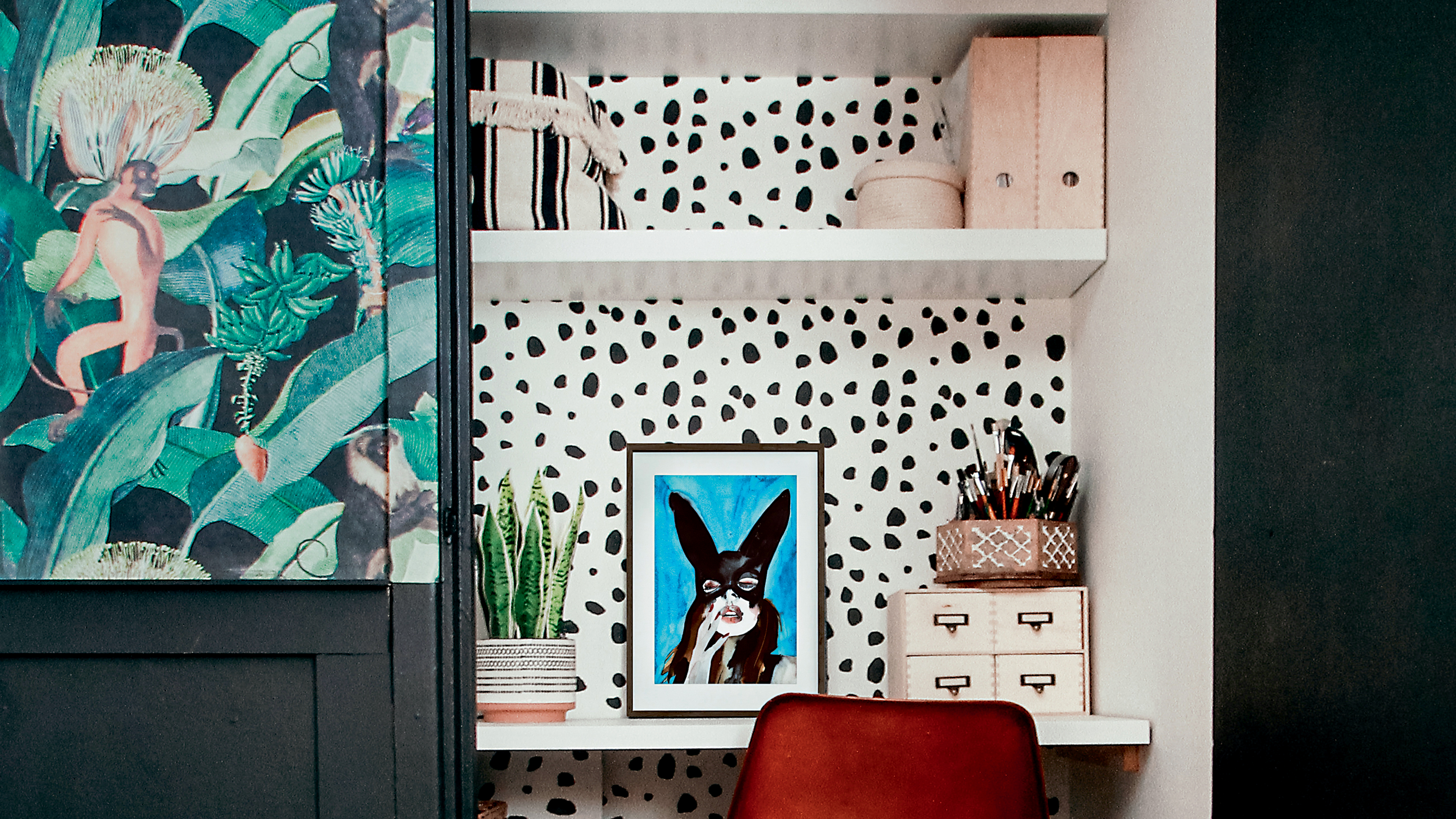 Alcove ideas: 25 ways to style an awkwardly shaped space
Alcove ideas: 25 ways to style an awkwardly shaped spaceFrom home offices to cozy reading nooks, copy these alcove ideas to create an inspiring space – with shelving or not...
By Hebe Hatton Published
-
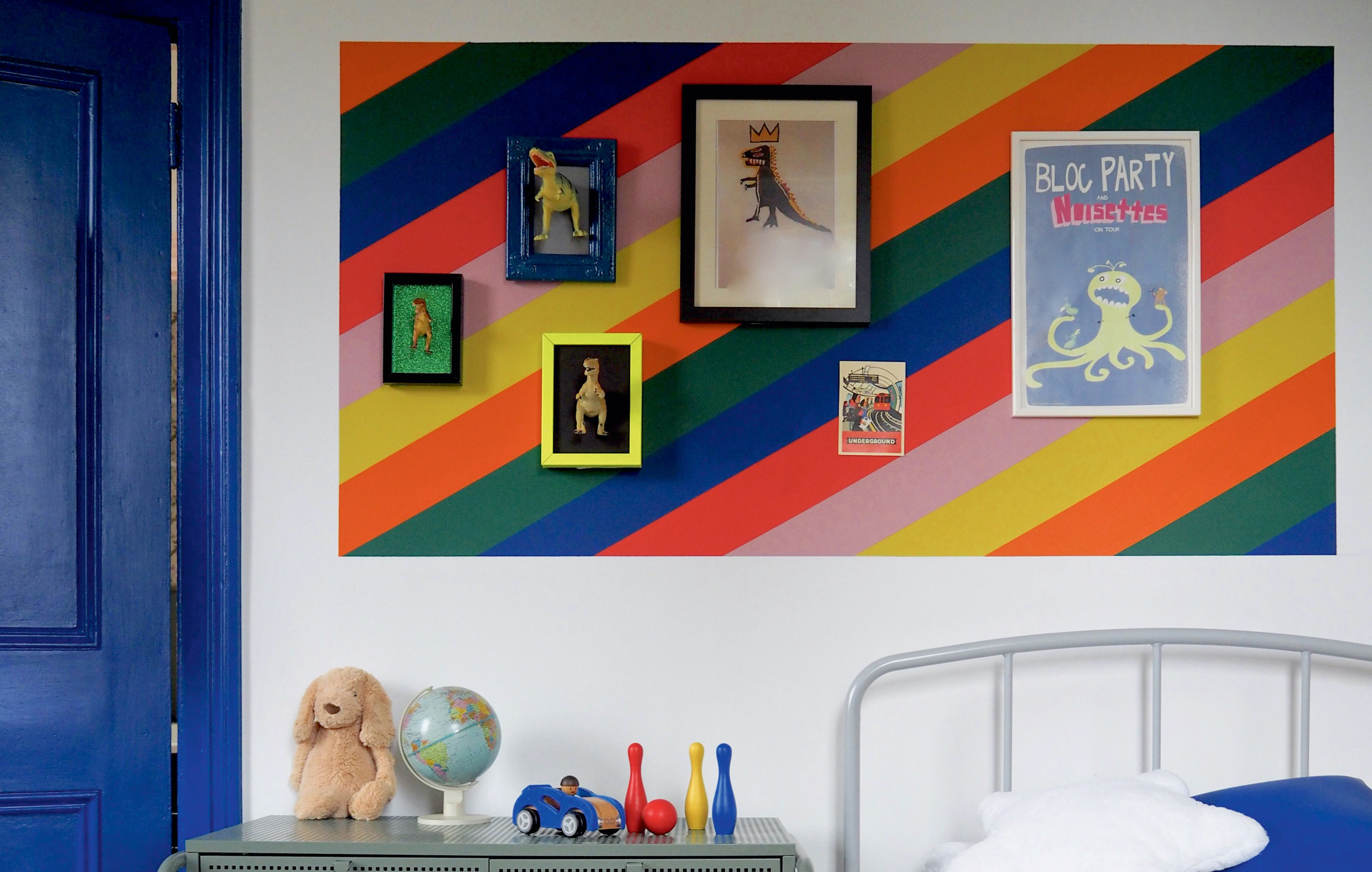 Color blocking walls: 22 clever ideas to add shape and style
Color blocking walls: 22 clever ideas to add shape and styleColor blocking walls with paint is a great way to add drama, power and oomph to your space. Here's some of the best inspiration around...
By Anna Morley Published